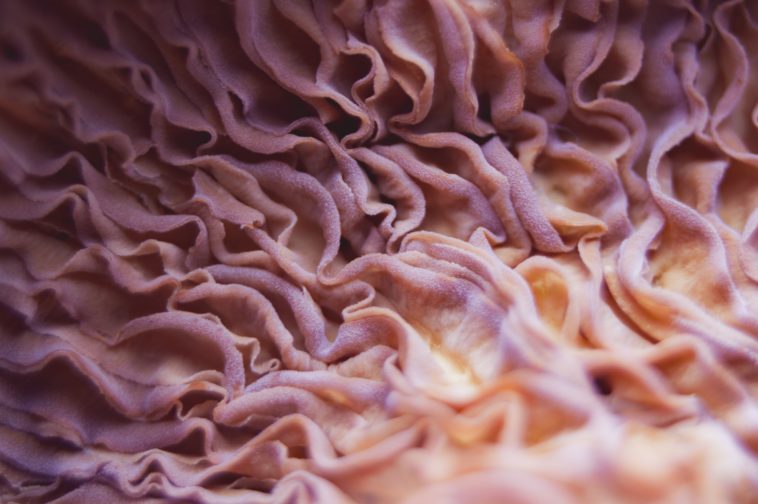Fungi represent an extensive category of eukaryotic life forms. This broad umbrella encompasses various microscopic entities like yeasts and molds, along with the better-known class of mushrooms. Unlike plants, animals, and bacteria, fungi constitute their own distinct kingdom known as Fungi. An interesting feature setting them apart is the composition of their cell walls, which are primarily made of chitin rather than the cellulose found in plant cell walls.
Classification of Fungi
Fungi are eukaryotic, meaning their cells contain a true nucleus enclosed in a membrane. The Fungi kingdom is a part of the domain Eukaryota, making them separate from prokaryotic organisms such as bacteria. It is noteworthy that this kingdom is incredibly diverse. It has been divided into several phyla, namely Chytridiomycota, Zygomycota, Glomeromycota, Ascomycota, and Basidiomycota, based on characteristics such as spore production and other morphological traits.
Table of Fungal Phyla
H5: Characteristics and Examples of Fungal Phyla
| Phylum | Characteristics | Examples |
|---|---|---|
| Chytridiomycota | Primarily aquatic, motile spores | Chytrids |
| Zygomycota | Produce resistant zygospores, mostly terrestrial | Rhizopus, Mucor |
| Glomeromycota | Form symbiotic relationships with plants | Glomeromycetes |
| Ascomycota | Produce spores in sac-like asci | Yeasts, Morels |
| Basidiomycota | Produce spores on club-shaped basidia | Mushrooms, Rusts |
Unique Characteristics of Fungi
One of the most intriguing features of fungi is the makeup of their cell walls. Unlike plant cell walls that are comprised of cellulose, fungal cell walls contain a complex sugar known as chitin. This is the same material found in the exoskeletons of insects and other arthropods. Moreover, fungal cells are typically haploid for most of their life cycle, only becoming diploid briefly during sexual reproduction.
Table: Unique Features of Fungal Cells
H5: Properties of Fungal Cells
| Property | Description |
|---|---|
| Cell Wall Composition | Primarily chitin |
| Nucleus | Eukaryotic |
| Life Cycle | Mostly haploid |
| Reproduction | Sexual and Asexual |
Importance of Fungi in Ecosystems
Fungi play a critical role in natural systems. They are key decomposers, breaking down organic matter like dead plants and animals into simpler substances that can be used by plants for growth. This recycling of nutrients is essential for ecological balance. Some fungi also form symbiotic relationships with plants, aiding in nutrient absorption. Mycorrhizal fungi, for instance, partner with plant roots to improve nutrient uptake while receiving carbohydrates from the plant in return.
Table: Ecological Roles of Fungi
H5: Functions of Fungi in Natural Systems
| Role | Description |
|---|---|
| Decomposers | Break down complex organic matter |
| Mutualists | Form symbiotic relationships with plants |
| Pathogens | Cause diseases in plants and animals |
Practical Applications of Fungi
Fungi have a multitude of applications in human life. Yeasts, a type of fungus, are used in food processing for baking and brewing. Penicillium, another fungus, led to the development of the antibiotic penicillin. Some fungi are also essential in biotechnology for producing enzymes, vitamins, and other bioactive compounds.
Table: Uses of Fungi in Human Life
H5: Applications and Utilization of Fungi
| Application | Example |
|---|---|
| Food Production | Yeasts in baking and brewing |
| Medicine | Penicillin |
| Biotechnology | Enzyme and vitamin production |
Conclusion
Fungi form a large and diverse group of eukaryotic organisms, classified under their own kingdom. They are distinct from plants, animals, and bacteria, mainly because of the unique chitin composition of their cell walls. They play pivotal roles in ecosystems as decomposers and mutualists and have extensive applications in various human endeavors such as medicine, food production, and biotechnology. Understanding the complexity and significance of fungi is crucial for both ecological balance and human advancement.





